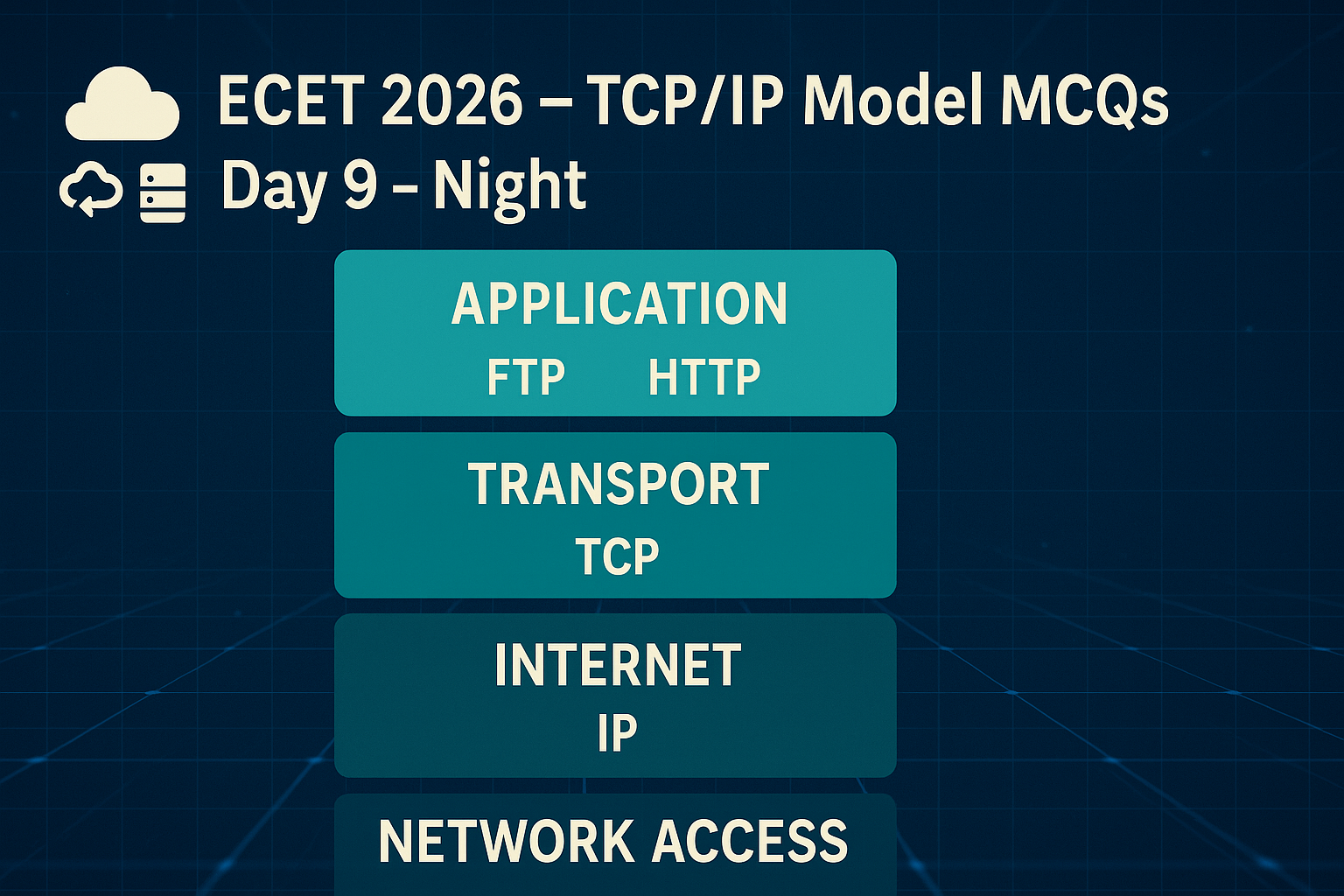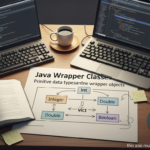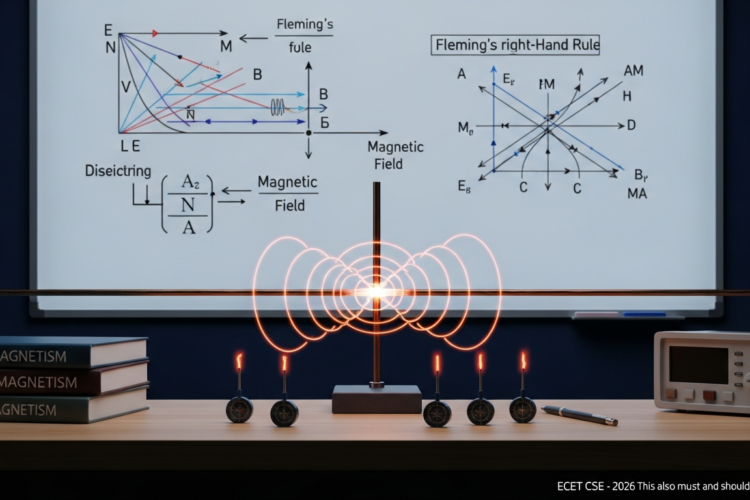
The TCP/IP model is one of the most important and scoring topics in the Computer Networks section of ECET 2026, especially for CSE diploma students. It not only forms the foundation of real-world network communication but also regularly appears in APECET and TSECET question papers. In this blog, you’ll learn the full concept of the TCP/IP model and then practice 10 expected MCQs with answers and explanations.
📘 Concept Notes – TCP/IP Model Explained
🌐 What is TCP/IP Model?
The TCP/IP (Transmission Control Protocol / Internet Protocol) model is a real-world networking model used for communication over the internet. It is more practical and widely implemented compared to the OSI model.
📦 Layers of TCP/IP Model (Bottom to Top):
- Network Access Layer (Link Layer):
- Corresponds to the Physical & Data Link layers of OSI.
- Deals with hardware addressing, data frames, and transmission over physical media.
- Example Protocols: Ethernet, Wi-Fi
- Internet Layer:
- Matches the Network Layer in OSI.
- Responsible for routing and logical addressing (IP Addressing).
- Protocols: IP, ICMP, ARP
- Transport Layer:
- Ensures reliable or unreliable transmission between systems.
- Protocols: TCP (reliable), UDP (faster but no guarantee)
- Application Layer:
- Combines Application, Presentation, and Session layers from OSI.
- User interacts with services like HTTP, FTP, SMTP, DNS.
🔁 Key Differences: OSI vs TCP/IP
| OSI Model | TCP/IP Model |
|---|---|
| 7 Layers | 4 Layers |
| Theoretical | Practical |
| Developed by ISO | Developed by DARPA |
🧠 Key Points to Remember
- TCP/IP is used in real internet communication.
- TCP ensures reliable, connection-oriented transmission.
- UDP is fast, connectionless, used in streaming.
- IP handles addressing and packet routing.
🔟 10 Most Expected MCQs – ECET 2026 [TCP/IP Model]
Q1. How many layers are in the TCP/IP model?
A) 5
B) 4
C) 7
D) 6
Q2. Which layer in the TCP/IP model is responsible for logical addressing?
A) Application
B) Internet
C) Transport
D) Link
Q3. TCP and UDP are part of which layer?
A) Internet
B) Network Access
C) Transport
D) Application
Q4. Which protocol ensures connection-oriented communication?
A) UDP
B) IP
C) TCP
D) ARP
Q5. The TCP/IP model is also known as:
A) OSI Model
B) ISO Model
C) DoD Model
D) IEEE Model
Q6. HTTP and FTP work in which layer of TCP/IP?
A) Internet
B) Transport
C) Application
D) Data Link
Q7. What is the full form of TCP?
A) Transmission Code Protocol
B) Transfer Control Protocol
C) Transport Communication Protocol
D) Transmission Control Protocol
Q8. Which layer combines the functionality of OSI’s Application, Presentation, and Session layers?
A) Application Layer
B) Transport Layer
C) Network Access Layer
D) Internet Layer
Q9. Which protocol is used for fast, connectionless transmission?
A) FTP
B) TCP
C) UDP
D) SMTP
Q10. What does IP stand for in TCP/IP?
A) Internal Process
B) Internet Protocol
C) Interconnect Port
D) Integrated Packet
✅ Answer Key Table
| Q.No | Answer |
|---|---|
| Q1 | B |
| Q2 | B |
| Q3 | C |
| Q4 | C |
| Q5 | C |
| Q6 | C |
| Q7 | D |
| Q8 | A |
| Q9 | C |
| Q10 | B |
🧠 Explanations of All Answers
- Q1 → B: The TCP/IP model has 4 layers: Network Access, Internet, Transport, Application.
- Q2 → B: The Internet layer handles logical addressing with IP.
- Q3 → C: TCP and UDP are part of the Transport layer.
- Q4 → C: TCP is reliable and connection-oriented.
- Q5 → C: TCP/IP is often called the DoD (Department of Defense) model.
- Q6 → C: HTTP, FTP, DNS are Application layer protocols.
- Q7 → D: TCP = Transmission Control Protocol.
- Q8 → A: TCP/IP’s Application layer covers 3 OSI layers.
- Q9 → C: UDP is used for fast, connectionless communication.
- Q10 → B: IP stands for Internet Protocol.
🎯 Why This Practice Matters for ECET 2026
The TCP/IP model is a repeated concept in ECET CSE question papers. Its layered structure and direct protocol-related questions are easy to answer if revised with MCQs. Knowing which protocol fits in which layer will help you tackle 1–2 direct questions and boost your rank.
📲 Join Our ECET Telegram Group for Daily Practice
Get daily MCQs, concept notes, PDFs, and exam strategies for free.
👉 Join now: @LearnNewThingsHub
Thousands of ECET aspirants are already practicing smarter. Don’t miss out!



